One of the neatest things about human beings is their ability to communicate with each other.? Over time, we?ve moved on from drawings painted on the sides of caves to texting in the form on digital 0s and 1s. In fact, communication is the lifeblood of today?s society, helping to make sense of life?yet many of us don?t know the history of how it came to be.? In the fourth part of Origins (NatGeo, 9 PM/8 CT Mondays), host Jason Silva seeks to provide illumination on the subject.? In my opinion, it?s not the best episode in the series (the second one holds that title thus far), but it makes a strong statement about the importance of symbols, drawings, and their comprehension in regards to the global society we?re a part of.
Silva begins the discussion of communication in the caves of France and Spain, where hunter-gatherers would tell stories in the form of pictographs scrawled (and drawn) on the rock walls. Strangely, the Egyptian use of cuneiform is only given a passing mention, as the focus quickly turns to rhythm and rhyme and their power in African customs?and in fact, society in general. All you need to do to experience this is think of your favorite song and sing/tap along to the beat.
The story turns to 16th century Europe and a discussion about books written in one?s own language.? There?s a reason why the ruling class wanted tomes of this nature out of the hands of commoners?knowledge is power, and keeping people in the dark prolonged the length of their rule. People who didn?t comply faced punishment including death. But, over time, the masses learned to read and communicate in forms we still access today (Shakespeare, anyone?).
Of course, everything these days revolves around the internet and the use of binary switches. It just happens so fast that we rarely consider how things got the way they are.? Silva brings the viewer back to the Civil War and the invention of the telegraph to explain.? It was not only a quick way to find out what was going on the front lines, but it became a real-time way for President Lincoln to direct battles, such as the second Battle of Bull Run.? Eventually, Alan Turing pushed us to computing while Arthur C. Clarke helped to bring about the idea of satellite communication. The end result?? Humanity in the 21st century drinks daily from the firehose of data disseminated through their smartphones, tablets, computers, or television sets.
Rudyard Kipling once wrote, ?Words are, of course, the most powerful drug used by mankind.? Words matter.? Sure, there are numerous forms of communication available, but it?s words that help bring about lasting change in societies?and people?s lives, for that matter. One surprising example mentioned in this episode of Origins involved a Christian by the name of William Tyndale. His goal was to create a translation of the Bible people could read and understand. In doing so, he helped decode a language of Greek and Hebrew, adding about 30,000 words to the English language and giving rise to the King James Version of the Bible (still the bestselling book of all time). He paid a hefty price for his vision, but we should be thankful each time we open a book?including the Bible?and learn a little bit more about life, who we are, and where we fit in the grand scheme of things.

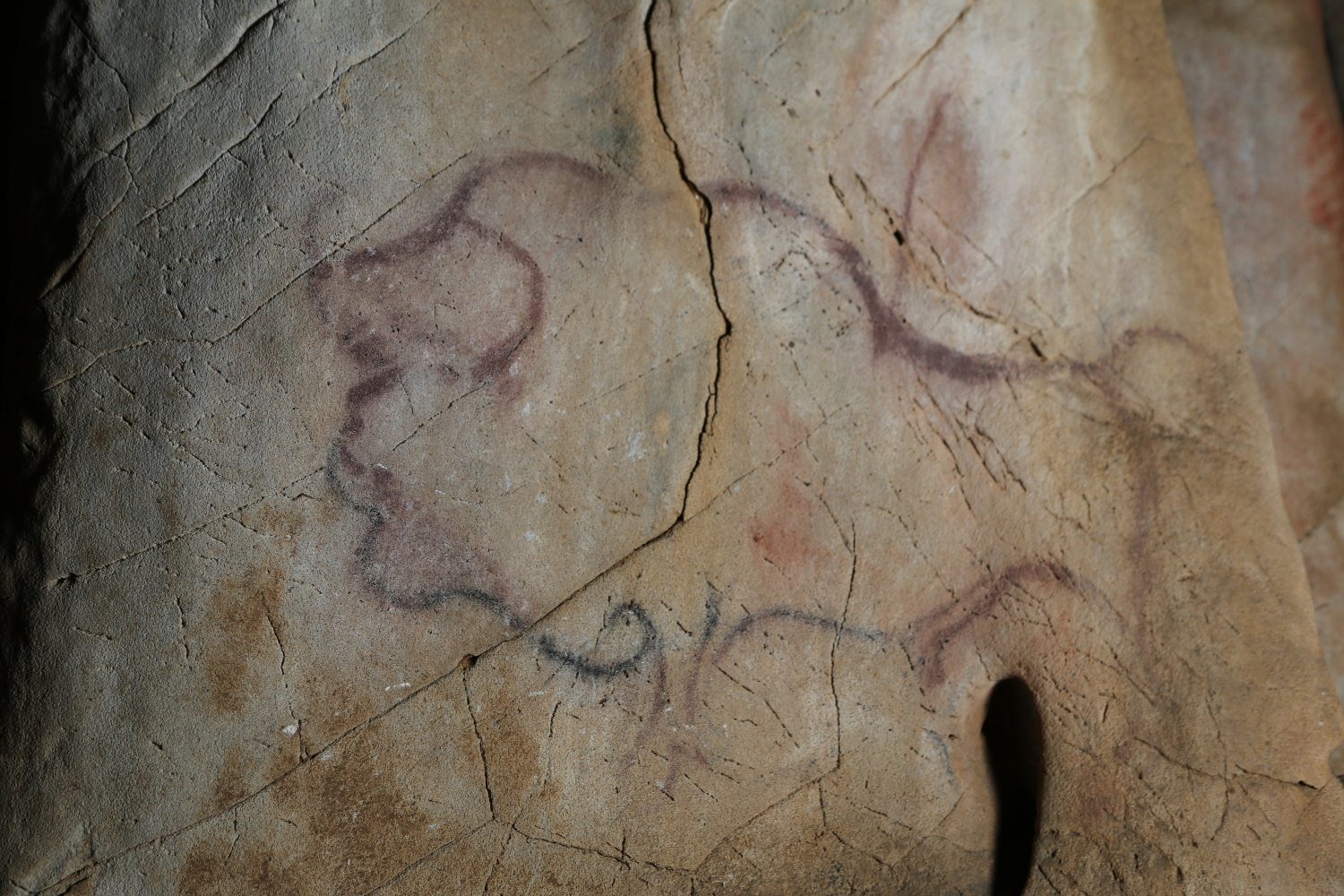

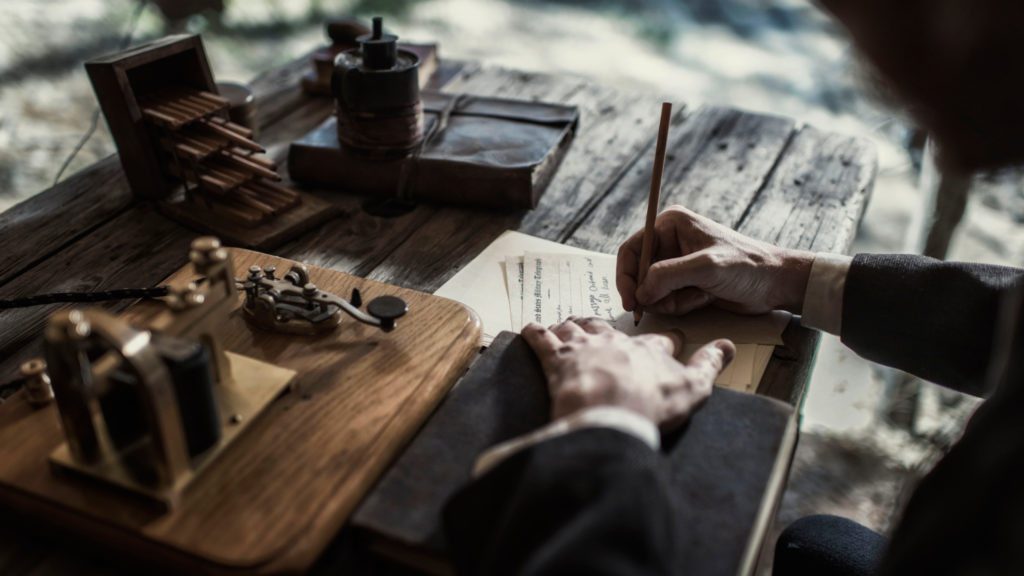

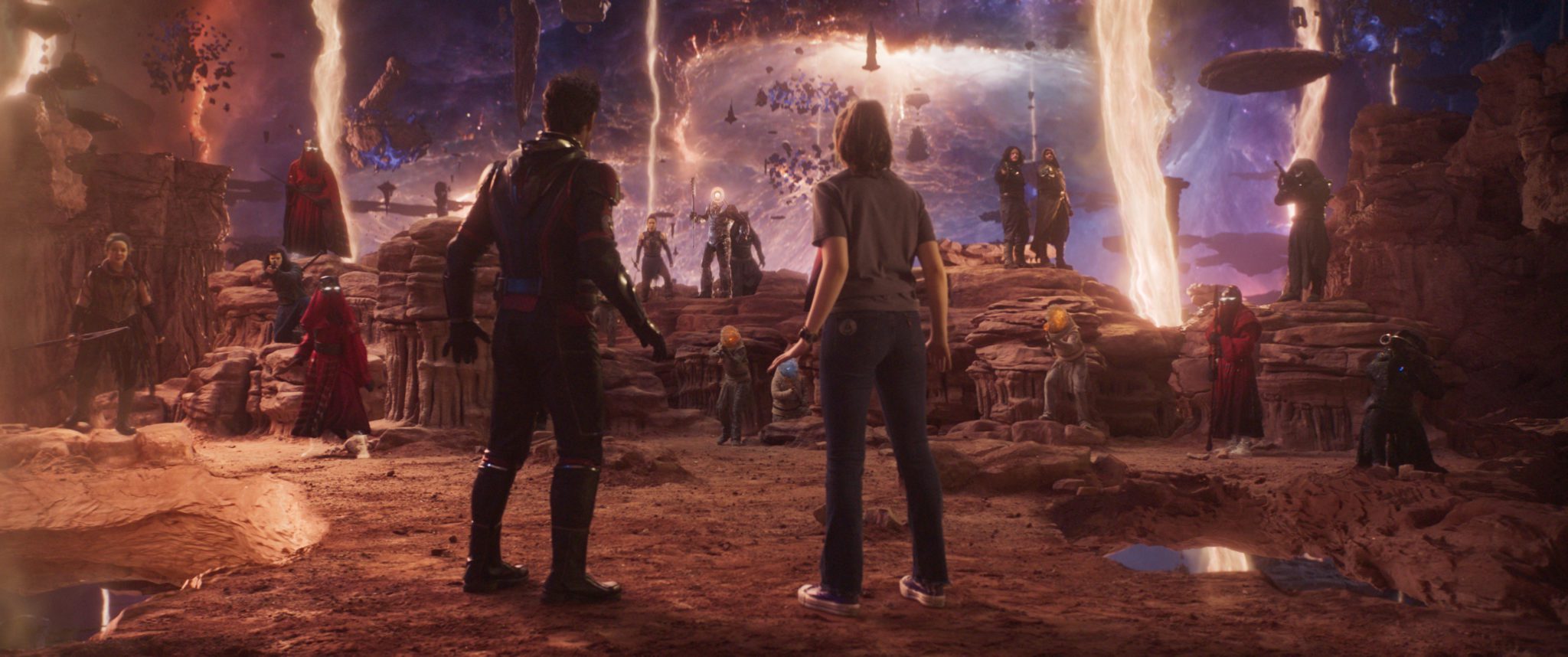

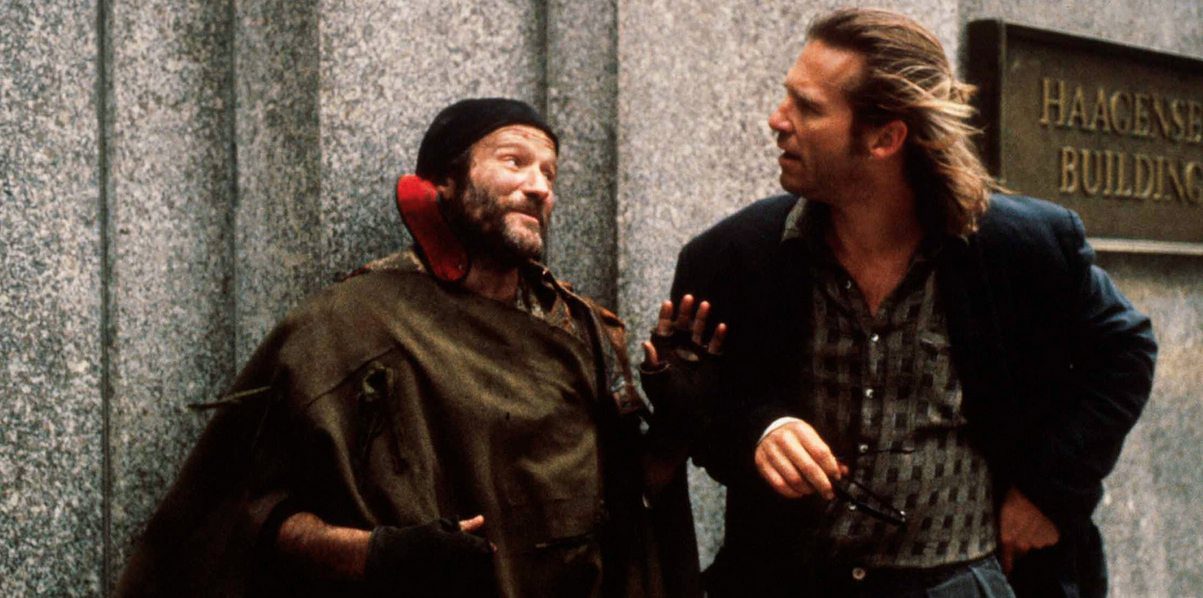
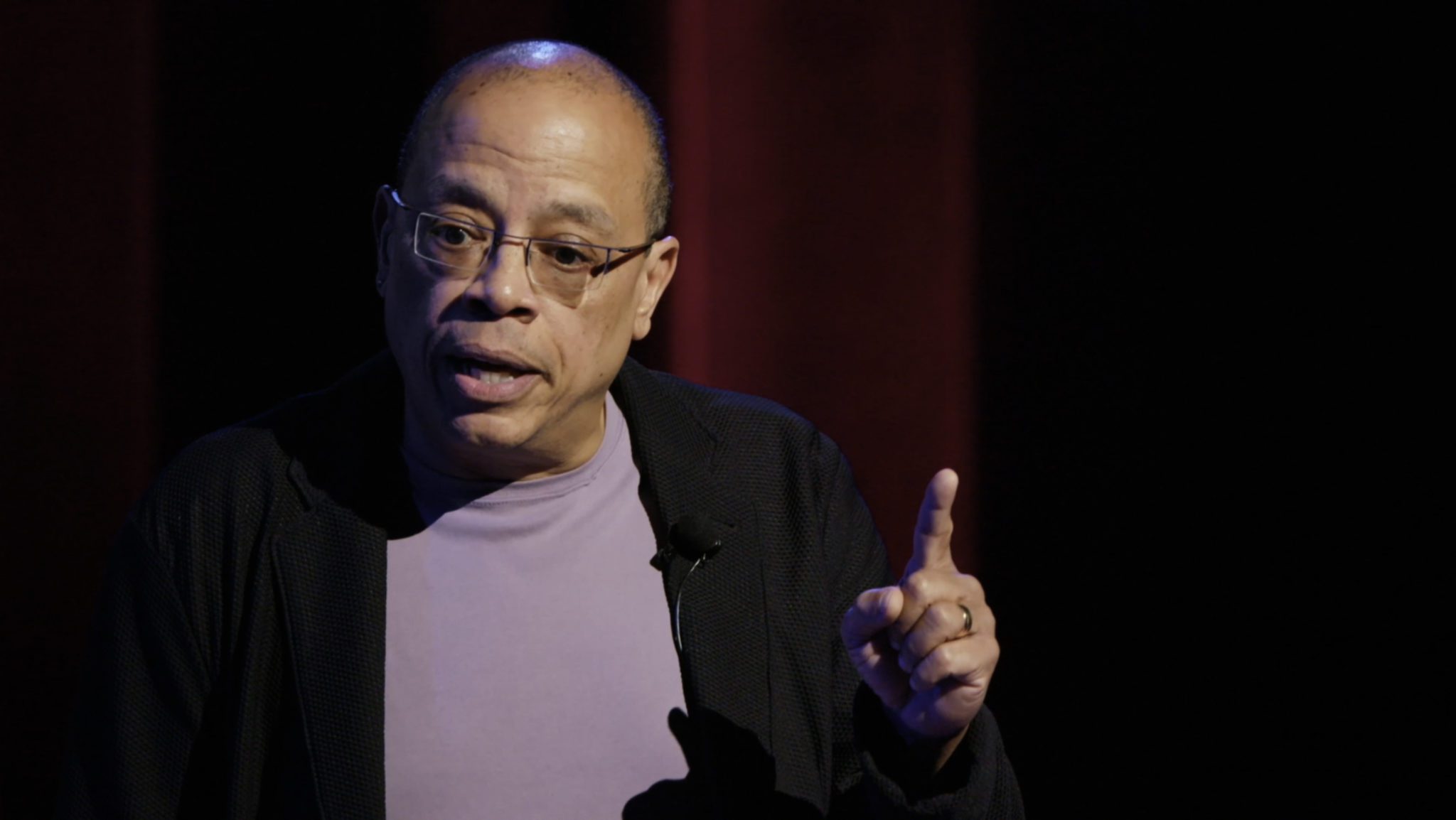
Hi we supplied National Geographic with all content for this Bible reproduction.